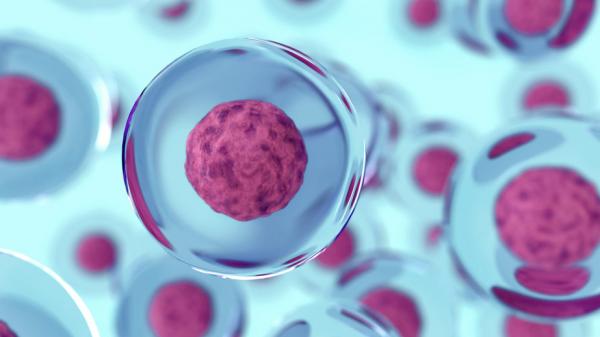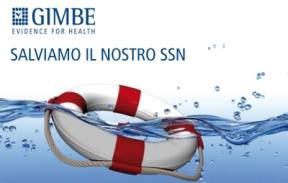New frontiers in the Treatment of Interstitial Lung Disease in Children
Interstitial lung disease in children (chILD) is a group of heterogeneous and rare respiratory diseases with wide ranges in the age of onset and disease expression. The chILD is characterized by abnormality of the lung interstitium, alveoli, and distal air spaces, leading to chronic respiratory failure. Currently medical treatment is empirical with varying efficacy and its pathogenesis remains unclear, although the aberrant activation of the alveolar epithelium and mesenchyme has been proposed as a crucial player. For these reasons, the role of mesenchymal stromal cells (MSCs), with their innate self-renewal capacity, in the reparative and regenerative processes can also be considered.

This Italian recent narrative review analyse the most relevant manuscripts of the English literature published in the past 10 years about the role of stem cells in lung disease, particularly in the interstitial lung disease. Initially the authors describe the various studies that propose MSCs in lung diseases such as chronic obstructive pulmonary disease, silicosis, acute respiratory distress, and idiopathic pulmonary fibrosis in adults. Preclinical and clinical studies also support a potential beneficial role of cell therapy to prevent intertitial lung disease progression: cell therapy could be useful to promote the repair and regeneration of the impaired lung. However, it is underlined that future studies are needed to evaluate the long-term safety, especially when considered for pediatric use. In the pediatric population, the therapeutic effects of MSCs on respiratory diseases were evaluated in BPD that may be considered as potential model of interstitial diseases and thus discussed. Different clinical trials of MSCs therapy for BDP are described and, finally, for the pediatric pulmonary disease, the authors explained the effects of repeated intravenous administration of allogeneic stem cells in a child with progressive obstructive pulmonary disease associated with an FLNA gene mutation with improvement in the respiratory conditions. All these studies documented a potential beneficial effect of MSCs on chILD, but the optimal dosage, cell type, cell source, and route of administration have not yet been fully elucidated.
Because of their tissue regenerative and immunomodulatory properties, MSCs combined with other therapies or alone could be considered a novel approach for repair and recovery of the damaged lung. This could slow disease progression or they could be used as post-surgical lung support after lung resection. However, further preclinical studies are needed to evaluate long-term safety and toxicity before they can be used in humans, especially in children.
Reference
Pelizzo G, Silvestro S, Avanzini MA, Zuccotti G, Mazzon E, Calcaterra V. Mesenchymal Stromal Cells for the Treatment of Interstitial Lung Disease in Children: A Look from Pediatric and Pediatric Surgeon Viewpoints. Cells. 2021 Nov 23;10(12):3270. doi: 10.3390/cells10123270.






